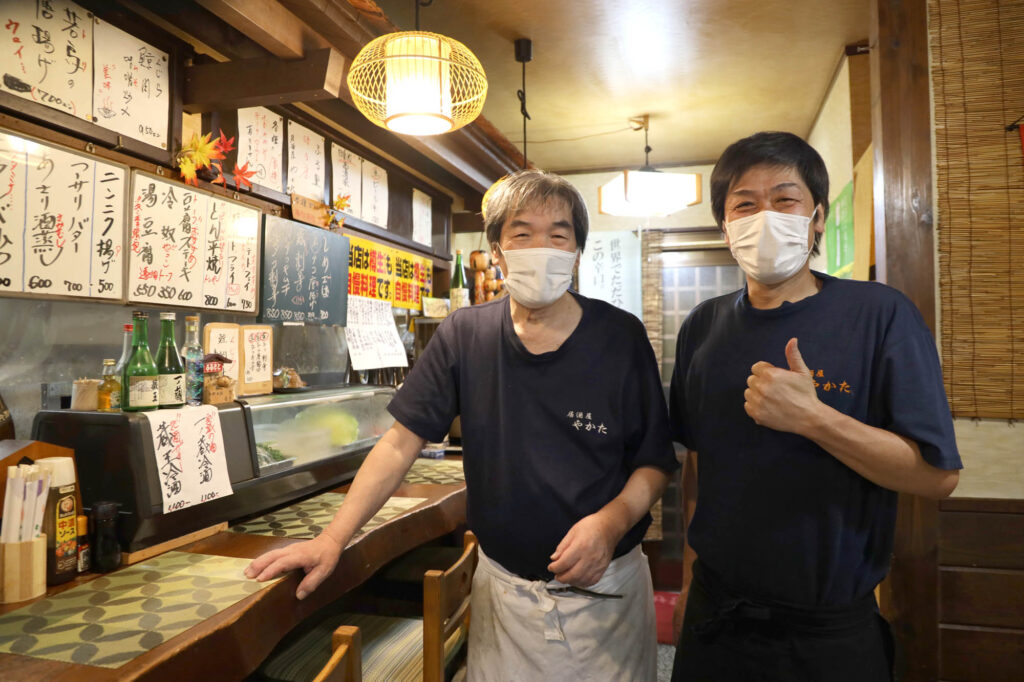
Nakazawa Takeshi (77) and son Nakazawa Takahiro (51) at Yakata. Photo by Mayu Kanamori
The other night we were looking for a place to eat and found two open, both drinking houses, where food was served as an accompaniment to liquor. We decided on the one down the side street. It was called Yakata and there was a fellow outside, dressed in black, with a golf club, perhaps a five iron, which he was using to practice his swing. He said they didn’t serve rice-based dishes but, if we were ok with that, we could go in. There was no-one inside but his father, who looked like him but in an older and more rugged version. He bought us sake and recommended a dish of oysters, the house speciality. Mayu ordered that and a couple of other dishes. He served tofu first, as an appetiser, then a dish of circles of cucumber with a drop of a delicious relish in the centre of each one, then more of the local hand-made tofu (they use cold underground spring water) with onions, then onions by themselves covered with sprinkles of tuna flakes and finally the main dish, which consisted of a thin omelette draped over crumbed oysters in a brown sauce. You can’t get this in Tokyo, he said. People come from miles around to eat it. He wanted to know how old I was? Mayu told him and he said he was six years older than me; he didn’t look it. Later he noticed my ankles and feet were a bit puffy and expressed some concern for my health. I said it was the drinking and held up my sake glass; he said no, that’s the medicine. At some point we were joined (in the bar) by a fellow in a blue shirt who already looked as if he was a few sheets to the wind. He drank beer and vaped continuously, as if sucking on a hookah; and conversed in a low voice with the son, who was cooking. Later on there was a five way conversation (four if you except me) in Japanese which covered many subjects of local interest, including the names of the surrounding mountain peaks and some of their historical associations, the old gold diggings and the free car park with the viewing platform at the hotel. Yoshitsune passed through there, said the father, pointing to the west, so he must have come to Togatta as well. He meant the pass below Mount Aoso-san; the allusion was to the wars in the 1180s. There’s a stone with an inscription upon it saying as much but he didn’t know where it was anymore. And Benkei left many children in the area, added the man in the blue shirt. Benkei was the giant monk who was first Yoshitsune’s rival, then his loyal companion. They must have passed through here on their way to Hiraizumi, where both met their deaths and where Basho wrote the famous haiku about the dreams of warriors coming back as summer grass. At some point they started talking about a local form of gambling, no longer practised here but once common; called donkorodoma. A piece of Shiroishi washi, a kind of paper, about the size of a table top, would be divided into six panels and painted with images: along the top Fuji, a hawk and an eggplant; on the row below, Daruma, Komuso and Saigyo; that is, a good luck charm, a travelling monk and a poet. Upon this piece of paper a hexagonal wooden top, with the same images painted on its six sides, would be spun. It would fall with one of the images uppermost; those who had bet upon that outcome would win, the father said, four times their wager. Sometimes people would lose their house! Sometimes they would have to lead their cow into town to pay their debt! The father also said that the tops had to be very well made so that they spun truly and could fall equally any one of the six ways. I’m not sure what kind of wood they were made out of; nor what their origin is. One source says the game originated among the soldiers of the defeated Heike after the war in 1180s when, living in hiding, they could not celebrate new year so gambled instead. Another version ascribes the invention of the top to a man from Nakayama called Kijiya, a maker and dealer in wooden toys, who moved to Togatta and used to play the game on the stumps of trees he had cut down. They were surely made by the local artisans who also make the wooden kokeshi dolls the town is famous for. Some people think they too go back to the fugitive soldiers of the Heike. Just before we left, the father told us he also remembered how, forty years ago, when someone killed a bear in the mountains, its corpse would be stood up in the town square, its skin slit from throat to groin, opening up the body cavity, and then the people of the village would come by to select what bits they wanted to take away to eat. Bear meat is tough, he said. The only tender parts are the inside of the thighs and the parts over the belly. Also: women still go up on Aoso-san and catch vipers, mamushi, and milk them for the venom, which they sell to the labs to make antivenin; but they’re getting harder to find because bears and boars eat all the young snakes.
- Martin Edmond
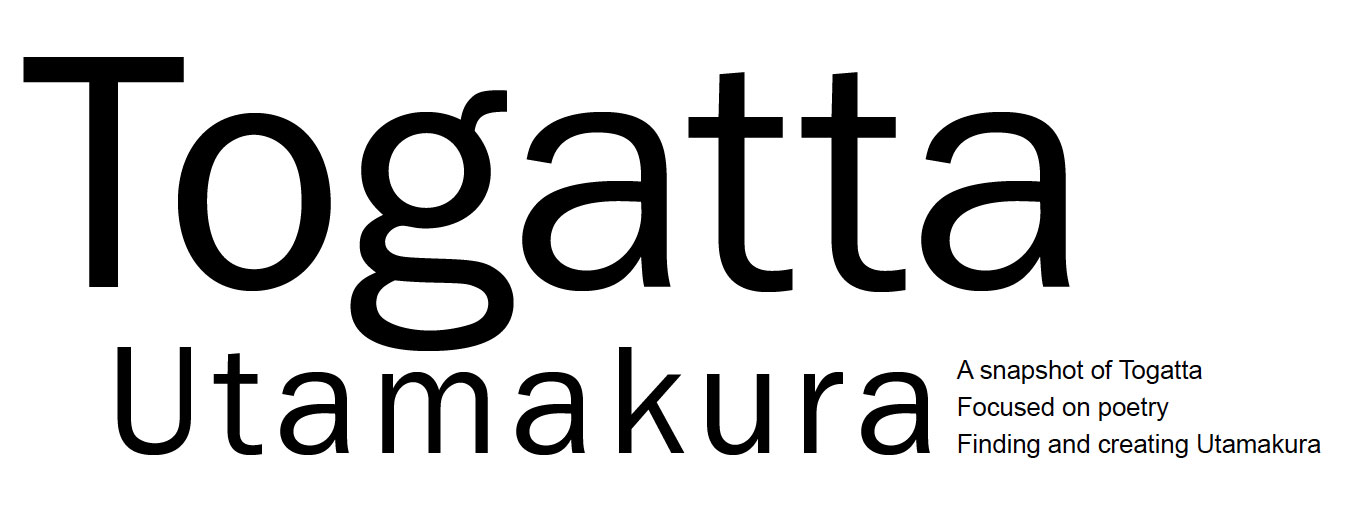
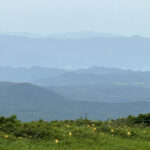

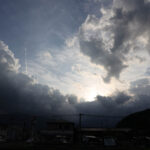
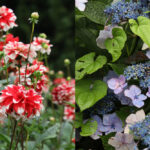


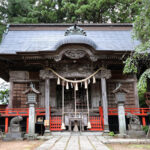
“No, that is the medicine” made me laugh. Thank you
Martin needs a lot of medicine to feel good.
I am wondering how the oyster dish was? It sounded appealing
Hi Peter
It was yummy. Very yummy.
You could easily be a food writer Martin!
Martin is pleased you are reading this 🤣
Thank you Darrin but I probably don’t have the chops (sic) – but I could perhaps become an alcohol writer – as opposed to an alcoholic writer . . .